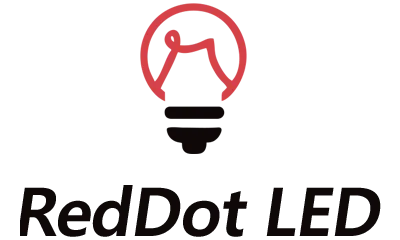Red light therapy (RLT) is a therapeutic technique that uses low level wavelengths of red light to help treat skin conditions, such as wrinkles and psoriasis. Though the treatment seems promising, more research is needed.
Red light therapy (RLT) is a type of phototherapy that may help:
- treat skin issues, like stretch marks and wrinkles
- treat skin conditions, such as psoriasis, scars, and acne
- reduce inflammation or edema
- repair muscle tissues
- promote healthy aging
RLT is commonly referred to as photobiomodulation. It was accidentally discoveredTrusted Source by Endre Mester in 1967 at the Semmelweis Medical University in Budapest, Hungary. He noticed that laser light helped promote hair growth and wound healing in rats.
Scientific literature suggests there are nearly 60 other namesTrusted Source for RLT, such as:
- low level light therapy (LLLT)
- soft laser therapy
- cold laser therapy
- biostimulation
- photonic stimulation
- low power laser therapy (LPLT)
In the 1990s, light-emitting diode (LED) technology was used by scientists to help grow potatoes in space. The intense red LEDs helped promote photosynthesis. Supposedly, it also helped wounds on the scientists’ hands heal faster.
Red light was then studied for its potential medicinal application during space travel. Researchers hoped it would help treat the muscle atrophy, slow wound healing, and bone density issues caused by weightlessness in space.
Although RLT is gaining traction as a dermatological treatment for certain conditions, more clinical research is needed to fully support its claimed benefits.
How does red light therapy works?
RLT works by repetitively exposing your skin to low levels of red and near-infrared light for a certain period of time. At low wavelengths, red light doesn’t generate heat and penetrates the skin between 1 and 2 millimetersTrusted Source, according to 2013 research.
This red light exposure may produce a positive biochemical effect in your cells that strengthens the mitochondria, which is where the cell’s energy is created. RLT may do this by increasingTrusted Source the transportation of electrons, oxygen consumption, and your levels of ATP (adenosine triphosphate).
By increasing the energy of the mitochondria, cells may function more efficiently, as well as rejuvenate and repair themselves.
LEDs are gaining popularity over lasers as the chosen RLT light source because they’re nonablative and nonthermal. Plus, according to the 2013 research, they may helpTrusted Source:
- increase blood flow
- reduce inflammation
- increase levels of collagen
- increase the production of fibroblast
However, more research is needed to support these claims.
What's the benefits of red light therapy?
According to a 2018 review of researchTrusted Source, many studies suggest promising results for the use of RLT, but it’s still controversial. Additional clinical research is needed to confirm its effectiveness.
That said, studies from the past 20 years suggest that RLT may help:
- promote wound healing and tissue repair
- reduce some cancer treatment side effectsTrusted Source, such as oral mucositis, radiation dermatitis, and lymphedema
- improve hair growth in people with androgenic alopecia
- treat carpal tunnel syndrome in the short term
- reduce myopia progression
- reduce psoriasisTrusted Source lesions and burn scars
- reduce neuropathicTrusted Source pain
- improve neural function and protectionTrusted Source to improve cognition and memory for people with Alzheimer’s disease
- improve skin complexion and build collagenTrusted Source to diminish wrinkles
- relieve pain and inflammationTrusted Source in people with pain in the Achilles tendons
RLT may also be used with photosensitizing medications to help treat certain types of cancers. This is referred to as photodynamic therapy. In this type of therapy, the light only serves as an activating agent for the medication.



 Years in industry(14)
Years in industry(14)